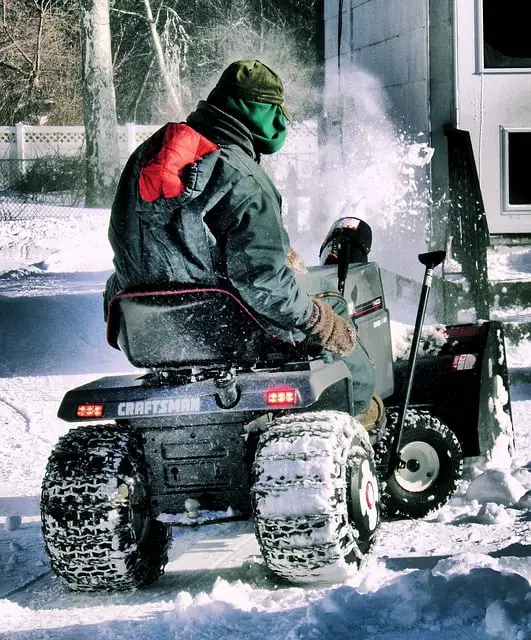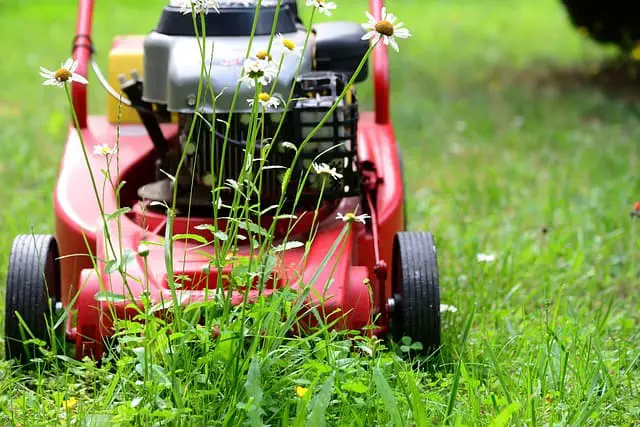Kubota is a global company, but most tractors under this brand are made in the US. While the majority of tractors are made in the US, Kobuta also has manufacturing facilities in Japan, China, and other parts of the world. However, if you are buying a Kubota tractor in the US, it will be one that has been made in the US.
Are you curious about where Kubota tractors are made? You’ve come to the right page. Today, we’re going to cover where the Kubota tractor you have your eye on was really made. Keep reading to learn more.
Are Kubota tractors made in America?
Since 1988, Kobuta has been manufacturing tractors in America. Most Kubota tractor manufacturing facilities are in the US, and these facilities supply all Kubota tractors to US retail locations.
The Kubota American facilities also supply tractors for other countries as well, including Canada, Australia, and European countries. These facilities produce the majority of Kubota tractors on the market worldwide.
Are there still Kubota manufacturing facilities in Japan?
Kobuta was originally a Japanese company that began operations in 1960, however it’s roots go all the way back to the 1890s. There are still Kubota facilities in Japan and China, known as Kubota Agricultural Machinery.
The Kubota facilities in Japan and China don’t manufacture equipment to be sold globally. Kobuta expanded its global footprint by producing tractors and equipment in the US.
Where are the majority of Kubota tractors made?
Kubota American makes the majority of Kubota tractors sold around the world. Most Kubota equipment is made in Georgia, as two of the brand’s biggest manufacturing facilities are located there.
In Georgia, Kubota has manufacturing facilities that cover over 600,000 square feet. The brand also employs a lot of US workers, with over 1,200 employees currently on board in Georgia.
Where are the Kubota headquarters?
Kubota has more than one headquarters location, as they are determined by category. The headquarters for Kubota Manufacturing of America are in Gainesville, Georgia, with the Kubota Industrial Equipment headquarters located 20 miles southeast from there.
There is also a Kubota Engine of American headquarters that is located in Lincolnshire, Illinois. In Japan, there is also a headquarters location in Osaka.
Is Kubota the # 1 selling tractors globally?
Kubota is a top-selling tractor brand in many countries around the world, but this brand has been beaten by John Deere when it comes to sales. John Deere is the best-selling tractor brand globally.
However, Kubota has been named as John Deere’s number one competitor on the market. They are a close second when it comes to best-selling tractor brands in America and globally.
Is there a Canadian made Kubota tractor?
If Canadian farmers want a Kubota tractor that is made close to home, they are in luck. The Kubota M8 Series, announced in 2019 is made from Kubota Canada Ltd.
Kubota North America Corporation is the parent company for Kubota Canada Ltd. As of now, the M8 Series is the only Canadian made Kubota tractor.
What does the Japanese name “Kubota” mean?
Kubota is a Japanese word, but the meaning behind this word has nothing to do with outdoor power equipment. The real meaning of the word kubota is actually sunken rice paddy.
This word is commonly used by people on the Ryukyu Islands and throughout Japan. While it may mean “sunk rice paddy”, but most people around the world will think of tractors and outdoor power equipment.
What does Kobuta make?
Kobuta is a well-known brand, most popular for premium quality tractors. However, that’s just the peak of what Lobuta brand manufacturers.
This brand also makes riding mowers, k-haul trailers, skid steer loaders, and more. Basically, Kubota makes farm equipment and construction equipment that people all across the world depend on.
Are Kubota tractors worth it?
If you’re interested in purchasing a new tractor, the Kubota brand is one that is worth looking into. This best-selling brand is known as one of the most advanced tractor making establishments around the world.
Since the moment this brand launched, they made it a mission to produce high-quality equipment. This has helped them maintain a great relationship with customers in many countries.
Is Kubota better quality than Mahindra?
Both Kubota and Mahindra tractors are great quality, however, every customer will have their own preference. Generally speaking, both tractors are made to be long-lasting and capable of any workload the operator has in mind.
However, both tractor brands are known for different features. Mahindras are built to last through rough and rugged conditions, while Kubotas are designed for a smooth ride under nearly any condition.
Are Kubota tractors expensive?
Tractors are an expensive investment, but Kubota tractors are not as high of a price as its main competitor John Deere. However, many people on the search for a new tractor will notice that Kubota is pricier than other brands on the market.
With tractors, the high price covers the materials and labor put into making the machinery. While it may be an expensive investment, the Kubota tractors are built to last so people get their money’s worth.
Are used Kubota tractors worth buying?
Typically we would stay away from buying a used Kubota tractor because it likely won’t be the bargain that it seems to be at first. This is mainly because you will not know exactly what type of maintenance the previous owner put into it, so you’ll likely have to spend more than expected on repairs.
If you are buying a tractor on a budget, we recommend looking into financing plans. This is because the tractor will come with a warranty and you’ll be able to manage your payments.
How much does a Kubota tractor cost?
The cost of a new Kubota tractor will all depend on which model you decide to purchase. A small and simple tractor may be a lower price, starting around $11,000. However bigger and more advanced tractors can go as high as $95,000.
Hi, I’m John Stephens, chief editor and writer for Totalgardener.com. I’ve been gardening and raising animals for over 15 years starting with a small backyard plot in Northern Virginia where I grew corn, potatoes, squash, and using a high mulch technique called the Ruth Stout Method. I also raised ducks and small mammals for meat and eggs in a movable pen similar to the ones used by Joel Salatin. I later moved to Colorado where I experimented with growing greens using aquaponics inside. I eventually added a microgreens setup and home sprouting operation. I’m excited to share everything I’ve learned plus more from the other local gardening and animal raising experts I know.



